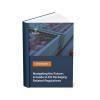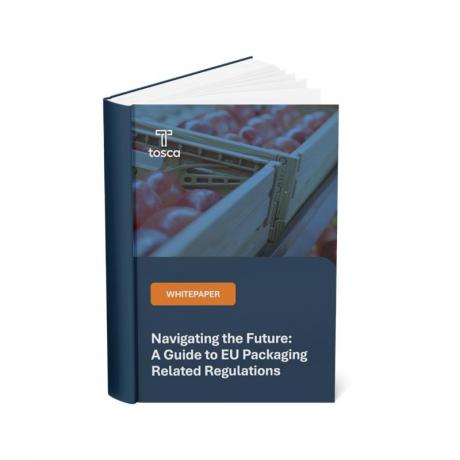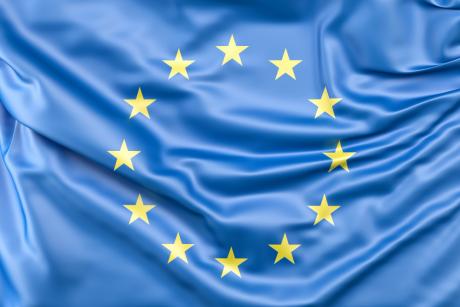Black smoke from the new vote on the Packaging Regulation that on 18 December saw Member States leading the way as they await the trilogue.
In fact, the Council of European Environment Ministers reintroduced a series of bans and constraints, which had been present in the debate but passed during the parliamentary vote. The reference is in particular to the ban on single-use packaging below 1.5 kg, the impact of which is viewed with particular concern by the fruit and vegetable and food sector in general.
It is not difficult to think of the impact that such a measure, if confirmed, may have on producers of fruit and vegetables that cannot be sold loose or have to be transported long distances for export. Possible exemptions are on the horizon in the case of compostable material from which, for example, labels applied directly on the product will have to be made.
Restrictions in general for single-use containers such as hotel cosmetics and in general for small sizes in all sectors, including in agri-food, although an exemption for organic fruit and vegetables is being considered.
Single market under attack
The new vote betrays a failure to recognise packaging's fundamental role in reducing food waste, consumer health, product preservation and the development of a circular economy where waste becomes a resource if it is properly disposed of and processed.
The main concern shared by the manufacturing world is, however, related to the stability of the Single Market, which the measure pushes towards inevitable fragmentation. The Council, reads a press note, has in fact maintained the original direction, involving all packaging in the measure without distinction as to the type of material and origin, but leaving the states room for manoeuvre for unilateral decisions on the scope of application.
A decision that makes it difficult for industry and the various production sectors to market their products, which risk having to deploy different packaging depending on the country of destination.
A pathway marked by flexible dates
As for the deadlines, the attainment of the requirements related to the minimum recycled content in plastic packaging remains fixed between 2030 and 2040. By the first date, moreover, the Commission is called upon to assess the actual feasibility of the targets of the second. Also set at 2035 is the deadline for adapting to the concept of recyclable packaging according to the Commission's requirements, by which it means packaging designed for material recycling that facilitates separation and sorting on a large scale.
Concerning the reduction of packaging waste, this is 5% by 2030, 10% by 2035 and 15% by 2040, with the possibility for the Commission to review the targets eight years after the regulation comes into force, without forgetting that Member States can set their own virtuous targets going beyond the minimum targets defined at European level.
Very close, finally, is the date of 2026 for the definition of a list of substances considered toxic and therefore to be reduced or totally eliminated on the basis of the joint assessments of the Commission and the European Chemical Agency - ECHA - which aim to define which substances have a negative impact on reuse and recycling and should therefore be avoided or reduced to a minimum.









